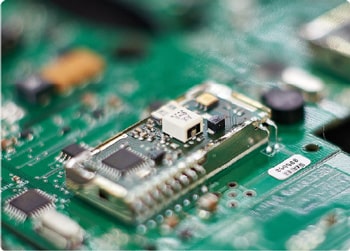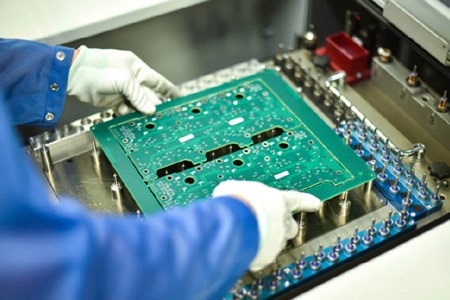What is impedance?
Importance of PCB impedance in high-speed circuit design
In the electronics industry, printed circuit boards (PCBs) are an indispensable part, and PCB impedance is a crucial parameter. So, what exactly does PCB impedance mean?
What is impedance?
Impedance is the resistance of a circuit to AC current. It is a complex number that includes resistance and reactance. Reactance can be divided into capacitive reactance and inductive reactance. On a printed circuit board, impedance is mainly determined by the interaction between the conductor, the insulating medium, and the ground plane. Simply put, PCB impedance is a comprehensive resistance to signal transmission in a circuit.

Importance of PCB impedance in high-speed circuit design
In high-speed circuit design, the control of PCB impedance is particularly important. As the signal frequency increases, the signal transmission quality has higher and higher requirements for impedance matching. If the impedance is not matched, the signal will be reflected during transmission, resulting in signal distortion, which in turn affects the performance of the entire electronic device.
Factors affecting PCB impedance
The design of PCB impedance needs to consider multiple factors, such as the width and thickness of the conductor, the thickness of the dielectric layer, and the dielectric constant. Slight changes in these parameters may lead to significant changes in impedance. Therefore, in the process of printed circuit board design, these parameters need to be accurately calculated and controlled to ensure the accuracy and stability of impedance.
Relationship between impedance and signal transmission speed
PCB impedance is closely related to signal transmission speed. In high-speed circuits, in order to maintain the integrity of the signal, the impedance of the transmission line must be strictly controlled. If the impedance is not matched, the signal will be attenuated and distorted during transmission, and even cause equipment failure in severe cases. Therefore, accurate impedance control is essential for high-speed signal transmission.
Impedance matching problems in practical applications
In practical applications, the matching problem of PCB impedance may be affected by many factors. For example, the dielectric constant, line width, line spacing, copper foil thickness of the printed circuit board material, and etching, electroplating and other processes in the PCB manufacturing process may cause impedance changes. Therefore, in the design and production of printed circuit boards, these factors need to be comprehensively considered to ensure the accuracy and consistency of impedance.
PCB impedance is a crucial parameter in the design of electronic equipment. Understanding and controlling PCB impedance is of great significance to ensure the quality of signal transmission and the stable operation of equipment. As a purchasing staff of electronic equipment manufacturers, when selecting a printed circuit board supplier, you should fully consider its impedance control capability to ensure that the purchased printed circuit board can meet the design requirements and ensure the stable performance of the equipment.







